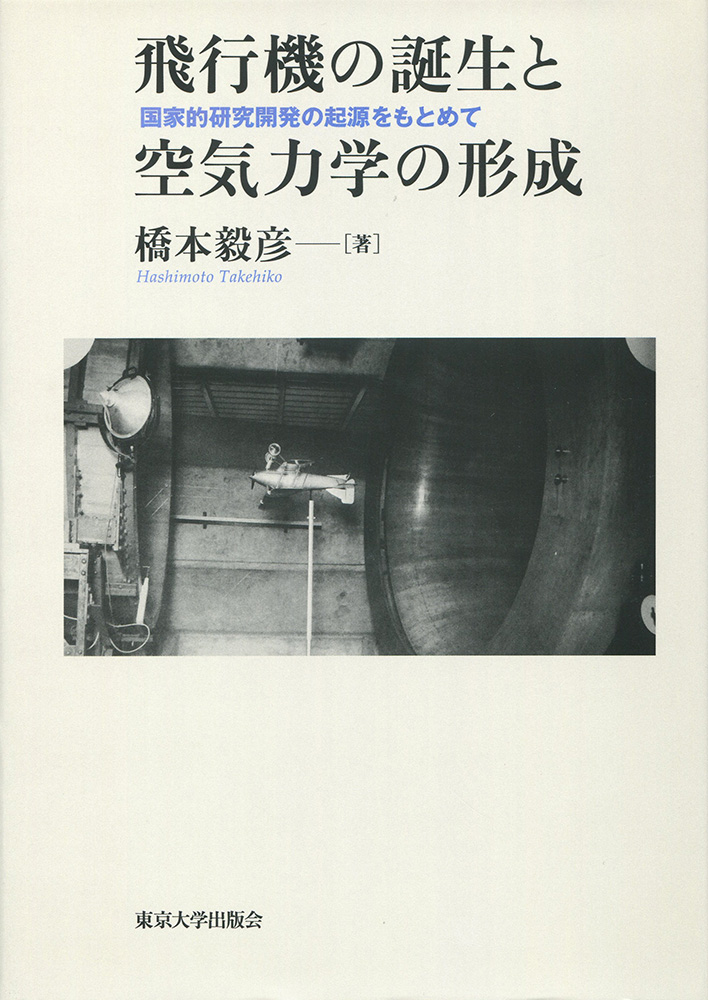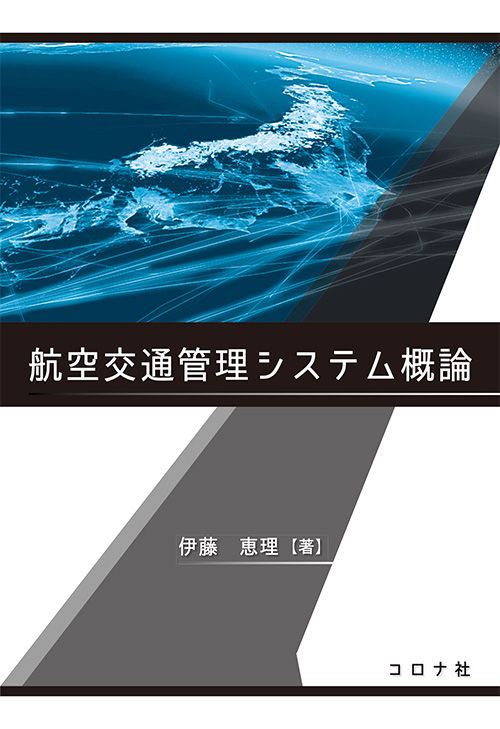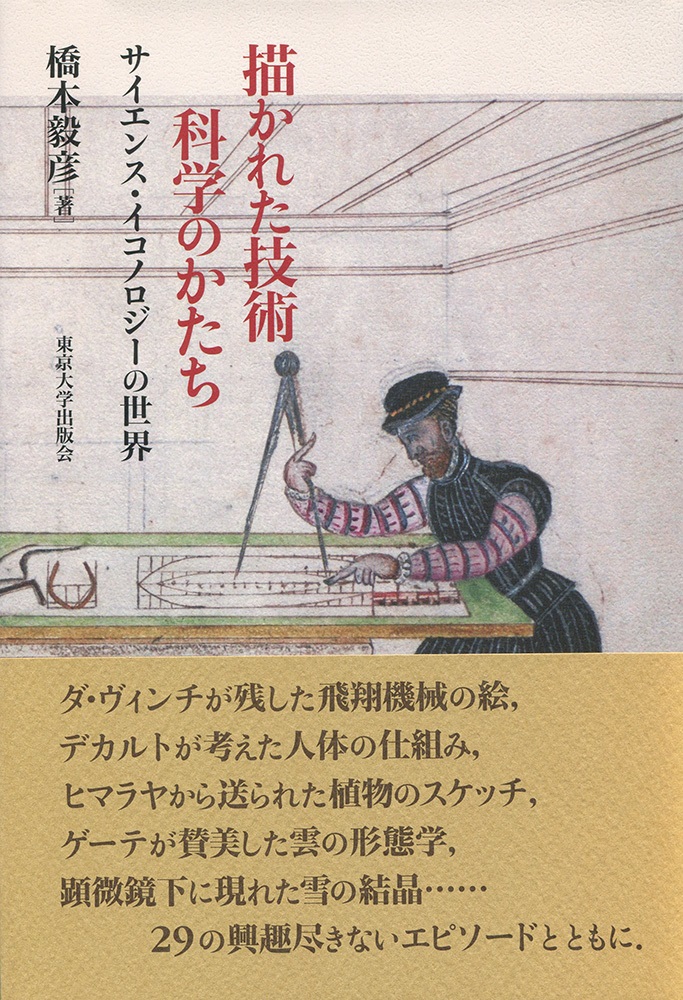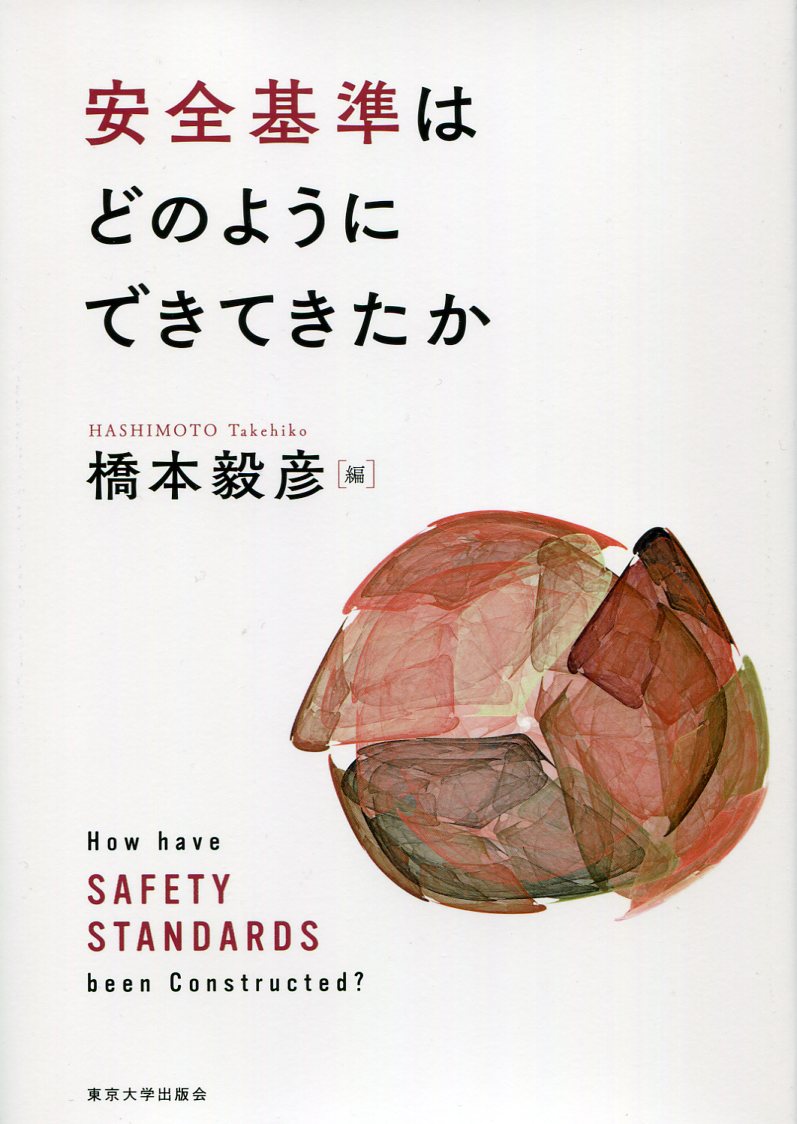
Title
Hikōki no Tanjō to Kūkirikigaku no Keisei (The Invention of the Airplane, the Emergence of Aerodynamics, and the Formation of National Systems of Research and Development)
Size
424 pages, A5 format
Language
Japanese
Released
September 24, 2012
ISBN
978-4-13-060309-6
Published by
University of Tokyo Press
Book Info
See Book Availability at Library
Japanese Page
Since its invention in 1903, the airplane has been greatly influential in the emergence of contemporary society. The technological development of aircraft has been promoted by the specialized discipline called aeronautical engineering which consisted of various scientific and engineering fields including aerodynamics. This book historically analyzes the origin and development of this academic field. Airplanes were created by inventors and successively improved by numerous engineers. Unlike other previous technologies, aircraft development was conducted with significant government involvement from its early years. National governments formed specialized committees of scientific and engineering experts, which aimed at guiding the government research effort to assist and improve aircraft design, manufacturing, and operation. It was the National Advisory Committee for Aeronautics (NACA), a predecessor of National Aeronautics and Space Administration (NASA) that led aeronautical research in the United States. This American organization was modeled on a British organization, the Advisory Committee for Aeronautics (ACA), which had been established in 1909. This book mainly followed the prewar activities of this British organization. The ACA discussed and decided what scientists and engineers should investigate, and what experimental research should be conducted at government laboratories. It was not the first example of technological research supported by the government, but such government-led research grew significantly both in frequency and size since the start of this aeronautical research and development. This is the reason why I included in the title the phrase “the formation of national systems of research and development.” However, its main concern is with the technical contents of research activities rather than their organizational structures. Aerodynamics is a specialized discipline that was created as an essential component of aeronautical engineering and as a branch of fluid dynamics. From its early days, it went through the examination of fundamental relationship between theory and experiment, which subsequently led to the formation or re-examination of basic concepts like boundary layer, laminar flow, and turbulence. The book discusses the development of these concepts by closely following the discussions made by British scientists and engineers at ACA committee meetings and by occasionally looking at the works of German and American researchers. Finally, it also explores the works of Japanese researchers, particularly the process of the invention and development of the so-called laminar flow airfoil, and discusses how this cutting-edge research was pursued in prewar Japan.
(Written by HASHIMOTO Takehiko , Professor, Graduate School of Arts and Sciences / 2018)



 Find a book
Find a book








